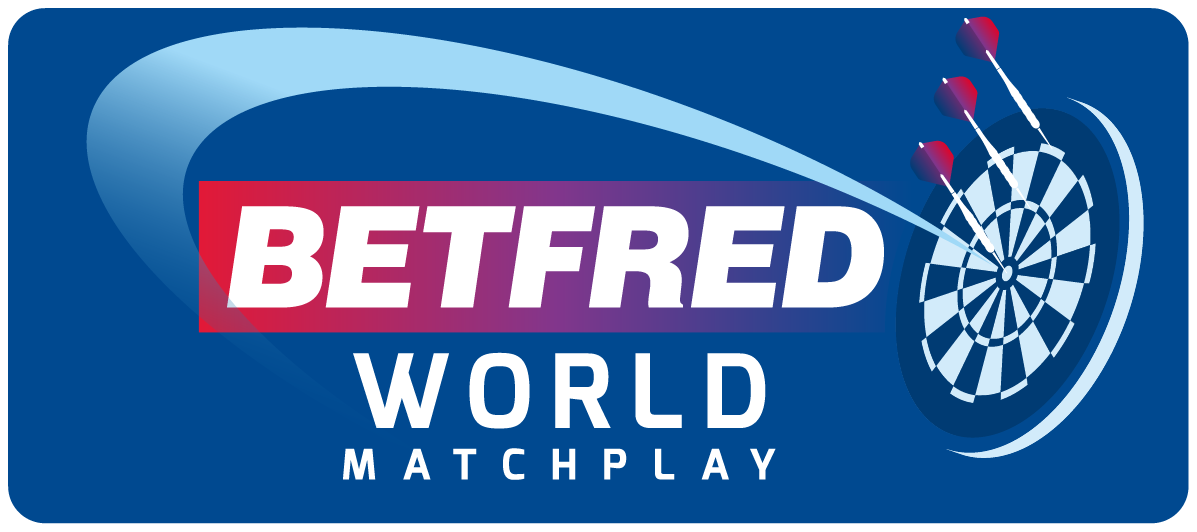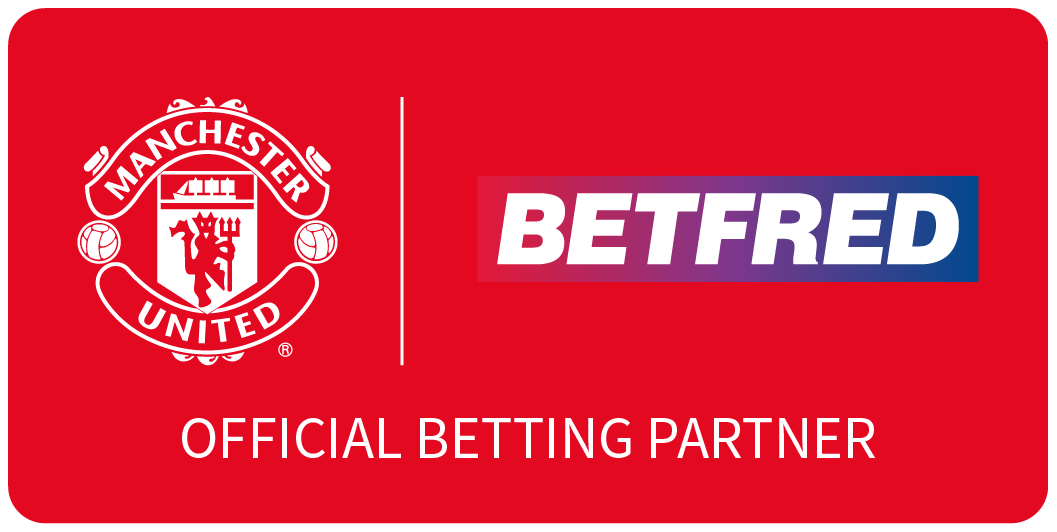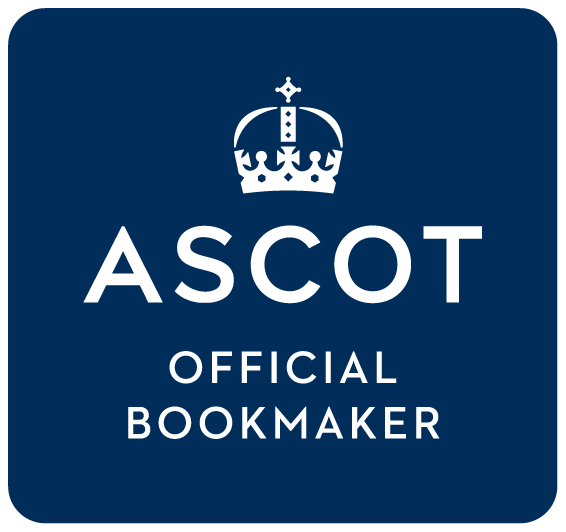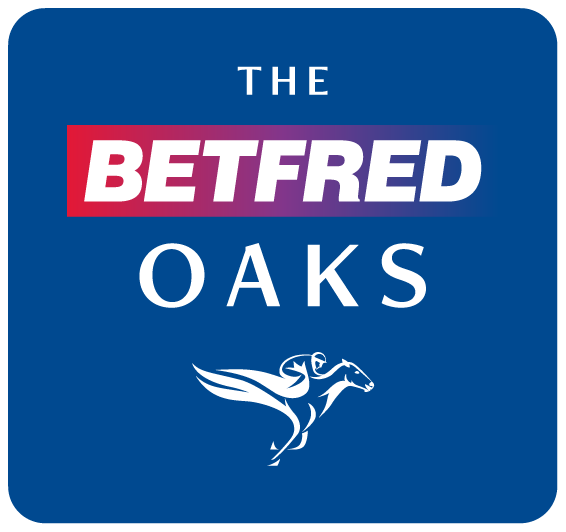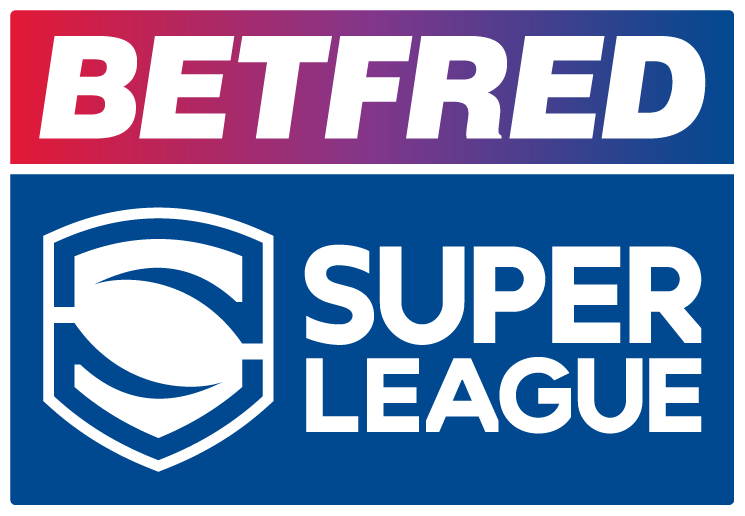The Insight: From pretenders to contenders – the evolution of Jurgen Klopp at Liverpool
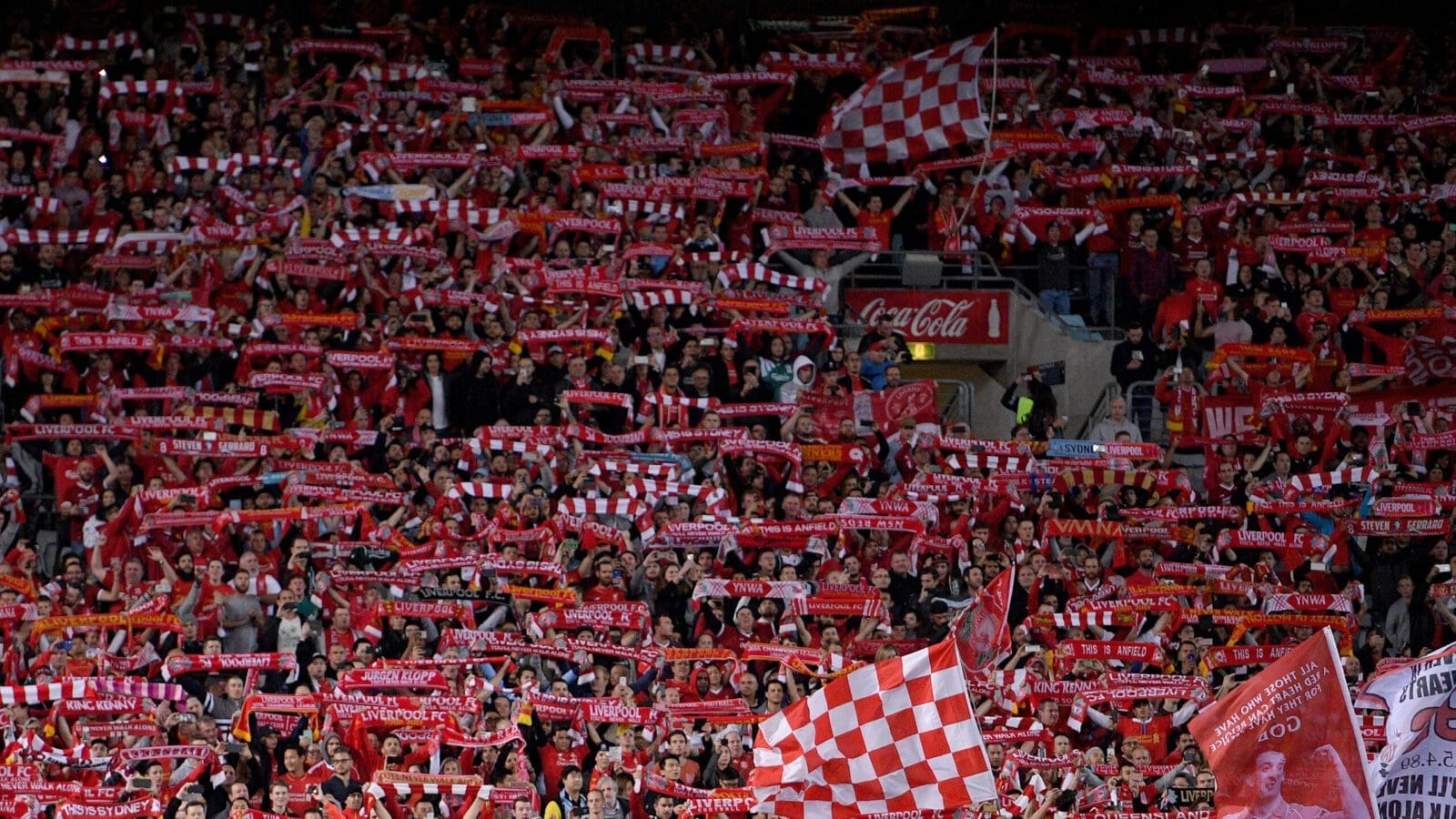
More than 90 hours have elapsed since Jurgen Klopp announced that he will be leaving Liverpool at the end of the season, yet the German continues to dominate headlines. The seismic nature of the job he has overseen on Merseyside cannot be understated, and Sunday’s 5-2 win over Norwich City in the FA Cup means the Reds are still fighting on all fronts in search of a historic quadruple.
Klopp’s focus, and that of his team, is firmly on the here and now, with any sentimentality saved for May. But if you’re outside that immediate bubble, it’s difficult not to dream of what could be, and look back wistfully at how it has all come to this point.
‘Gegenpressing’ will always be a word synonymous with Klopp, but it would be doing the 56-year-old a huge disservice to gloss over everything else that has made this club so special under his stewardship.
Liverpool Betting Odds:
The Klopp era started all the way back in October 2015 with a trip to north London to face Mauricio Pochettino’s Tottenham Hotspur. The Reds arrived at White Hart Lane with just three wins in eight Premier League games under their belt, and without a number of big-name players including captain Jordan Henderson and big-money summer buys Christian Benteke and Roberto Firmino. Fellow summer recruits Joe Gomez and Danny Ings also picked up long-term injuries in the week of their new manager’s arrival, and Klopp was largely left with the side - minus Steven Gerrard and Raheem Sterling - that had finished sixth the season prior, 25 points behind champions Chelsea.
It was a real mishmash of a squad with no identity, but Klopp’s influence on the players was crystal clear from minute one. Adam Lallana led the press with the likes of James Milner and Emre Can providing a robustness which mirrored their manager patrolling the sidelines and bellowing instructions. By the end of the game, Liverpool (116km) had covered 4.1km more than their previous best effort under Klopp’s predecessor Brendan Rodgers that season, and became the first team to run further than Spurs (114.8km). Already, the idea of working for each other and applying the press was entrenched in the side, but there was no magic wave of a wand to solve their defensive issues, which were apparent against Spurs despite an eventual clean sheet.
With the games coming thick and fast in Klopp’s debut campaign in charge - Liverpool reached the finals of the League Cup and Europa League, playing 63 games in total - there was little time to work on the training pitch, as the relentless nature of English football was laid bare to the former Mainz and Borussia Dortmund boss.
The Merseyside club ended the 2015-16 campaign as the division’s top tacklers (22.9 per game, per WhoScored), but inconsistent performances and results dogged their season as they finished eighth and outside the European places. Their erratic nature was perhaps best evidenced by a 3-0 defeat to Watford, a 3-3 draw with Arsenal, and a 5-4 win over Norwich City - all of which came within a six-week period.
Liverpool made two major signings in the summer of 2016, bringing in Sadio Mane from Southampton and Georginio Wijnaldum from Newcastle United. Both had a transformational effect on the team, adding goals and assists as well as an industrious work rate. With fewer games, Klopp was afforded more time on the training pitch, and one of the biggest statistical differences from the previous campaign was just how much more of the ball they had. In 2015-16, their share of possession in the Premier League was 55%, but that jumped to 62% - behind only Pep Guardiola’s Manchester City - in Klopp’s first full season.
Still, they retained the hunger instilled in them by Klopp on day one - the Reds ranked second for tackles per game (18.9) in 2016-17 - but the legs of Mane and Wijnaldum - coupled with no midweek European games - allowed the side to win the ball back quickly and impose themselves on the opposition, without the need to conserve energy.
Still, the defensive issues remained, with some crazy scorelines both in their favour (4-3 vs Arsenal) and against (3-4 vs AFC Bournemouth, where they were 3-1 up heading into the latter stages) further proof that the team was far from being complete and competing for the league title. They did just about enough to secure a top-four finish before a summer transfer window which saw Mohamed Salah, Andy Robertson and Alex Oxlade-Chamberlain all sign on the dotted line. Salah made an instant impact, leading the way in the Premier League scoring charts, yet the first half of the season still included a 3-3 draw with Watford and heavy defeats to Manchester City (5-0) and Spurs (4-1).
One of the starting blocks of a sea change arrived in January 2018, as Virgil van Dijk joined from Southampton. Out went Philippe Coutinho, whose flair had been embraced by Klopp in the early stages of the German’s time on Merseyside, with the Brazilian having pushed for his dream move to Barcelona. One of his final games in a red shirt was a 3-3 draw at Arsenal, where the ‘Fab Four’ of Coutinho, Salah, Mane and Roberto Firmino all lined up in attack. It was a game which really shone a light on everything that was good and bad about Klopp’s side.
Liverpool had shipped 28 goals in 23 Premier League games before Van Dijk’s debut in the competition, but in the following 15 the Reds conceded just 10. The Dutchman’s arrival, alongside the exit of Coutinho, looked to have made the side much more balanced, with Klopp now wedded to a 4-3-3 with a balanced midfield, not having to make allowances for the Brazilian’s brilliance.
That defensive steeliness didn’t completely translate to the Champions League, however, as the Reds ran into issues against Roma, both home and away, before eventually triumphing 7-6 on aggregate to reach the final against Real Madrid. Loris Karius subsequently threw a couple in against Los Blancos to deny Liverpool glory in Kyiv, but the 2017-18 campaign wasn’t in vain; it was the start of Klopp’s Red evolution.
The final pieces of the puzzle arrived in the summer of 2018, with Fabinho and Alisson signed from Monaco and Roma respectively. The former was bedded in slowly but by the end of the next campaign had established himself as one of the Premier League’s best defensive midfielders, putting out fires in the middle and forming a protective shield for those around him. Alisson, meanwhile, was a transformative presence in goal, as the nerves of Karius were replaced by the world’s best shot-stopper. The result? A Champions League winners’ medal and a 97-point haul in the Premier League, leaving Liverpool just one point behind Manchester City. The Reds finished the league campaign with the best defensive record in the division, conceding just 22 goals.
Liverpool’s tackles per game had now dropped to 16.1pg, putting them in the bottom seven for this metric, as they continued to dominate with the ball and control games. It wasn’t that Klopp’s ideas had changed, as he still made the attack the base of their play, more that he had better personnel to call on. Their success rolled on over to 2019-20, both points and place-wise, to end a 30-year wait and lift the Premier League title, in spite of a Covid-disrupted season. Twenty-six wins from their first 27 shows the utter dominance the Reds had over the rest of the division, and only one club (Everton - two) in that period managed to score more than once in a game past them.
Covid and injuries dogged their next season but Klopp and Liverpool were back at it in 2021-22, hunting a quadruple. The Reds lifted the League Cup and FA Cup before narrowly missing out on the Premier League and Champions League, and after one more poor season they are back at it again, albeit chasing Europa League glory this time. It’s a different side to 2020 these days, with experienced heads like Henderson, Milner and Mane out the door, and the boundless energy of Alexis Mac Allister, Dominik Szoboszlai and Darwin Nunez on the field instead.
But the team is still firmly in the image of Klopp; tenacious, positive, on the front-foot. The German has admitted that his energy has been sapped by an all-consuming job over the past eight-plus years, but based on the evidence of the season so far, there is enough juice for him and the Reds to go the distance in every competition.
Check out the rest of our Football Betting Tips here.









